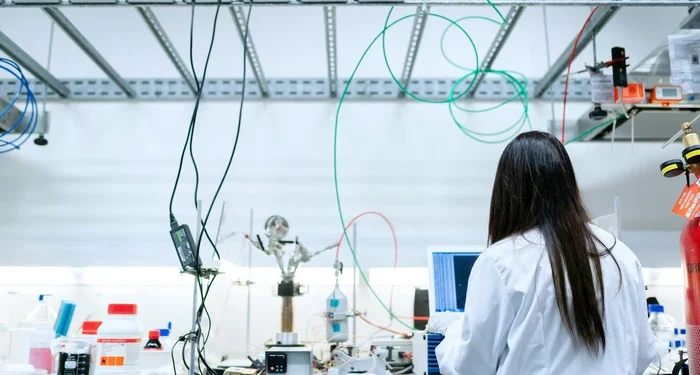Biotech has always been about innovation. Every few years, something new comes along that completely changes how labs operate. In the past, breakthroughs came from new tools or better lab techniques. These days, it’s all about automation.
What used to take days of hands-on work can now be done with a few clicks. Lab equipment is getting smarter. Software is taking over repetitive tasks. And when it comes to cell line development, this shift is creating huge improvements in speed, accuracy, and cost.
Taking the Manual Out of Cell Line Development
Developing stable cell lines used to be a slow grind. Scientists had to culture cells, screen for stability, and manually check results. It was time-consuming and often frustrating. Today, the game has changed. Labs are turning to cell line development automation to handle most of the grunt work.
These systems use robotics and smart algorithms to grow, monitor, and select cell lines more efficiently. Instead of pipetting for hours, researchers can set up protocols and let the system run on its own. This not only saves time but also cuts down on errors caused by fatigue or distractions.
Speed Without Sacrificing Quality
One of the biggest benefits of automation is how quickly it moves projects forward. Traditional cell line development might take several weeks or even months. With automation, those same steps can be completed much faster. Machines work around the clock without breaks. They don’t get tired or distracted. And they always follow the exact same process.
This helps labs maintain high-quality results. That level of consistency is hard to achieve manually. When working on projects that could lead to new treatments or vaccines, that kind of precision is essential. Speed and quality used to be a trade-off. Now, automation makes it possible to have both.
Cutting Down on Costs
Let’s be honest—biotech is expensive. Hiring staff, buying supplies, and running long experiments all add up. But automation can help bring those costs down. Once the equipment is in place, it can handle a lot of the heavy lifting. That means fewer labor hours spent on routine tasks.
It also means fewer failed experiments due to human error. And fewer delays when something needs to be redone. Automation doesn’t eliminate the need for skilled people. Instead, it frees them up to focus on more complex and creative work. That’s where real breakthroughs happen.
Read Also: Building a Business without the Burnout
Scaling Up Research Easily
Automation also makes it easier for labs to grow. A small team can get more done with the right tools in place. Let’s say a lab wants to double its output. It doesn’t necessarily need to double its staff. With the right automated systems, it can scale up quickly without a massive investment in new hires.
This flexibility helps small biotech startups stay competitive with larger companies. It also gives them a better shot at attracting funding since they can demonstrate efficiency and potential for growth.
Reducing Risk in High-Stakes Work
There’s a lot riding on cell line development. A single mistake can ruin an entire batch or lead to misleading results. In some cases, bad data can push a project in the wrong direction for months. Automation helps reduce that risk. Machines don’t forget steps or mislabel samples. Everything is tracked digitally, so there’s always a clear record of what happened.
This makes it easier to spot problems early. It also helps with compliance and reporting, especially when dealing with strict regulatory bodies. In a field where small errors can have big consequences, that peace of mind is priceless.











